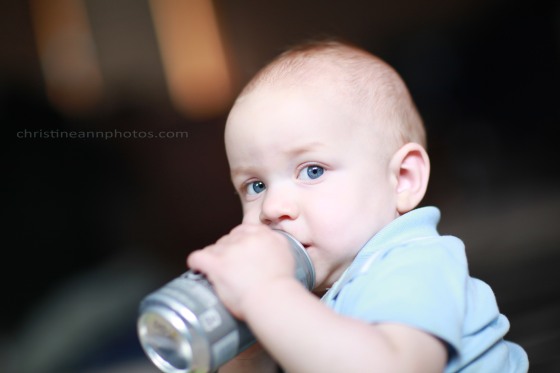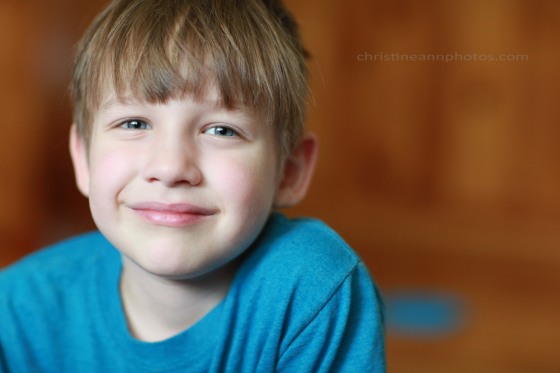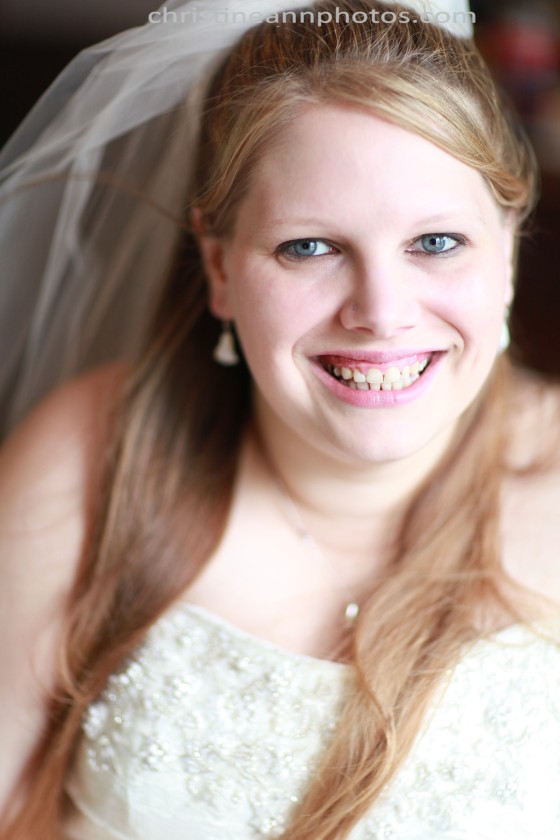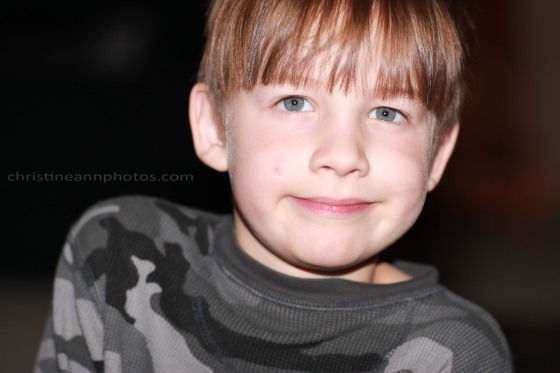When we start out taking photos, most of us will use the standard neck strap that the camera comes with. As you get more and more into photography and start exploring what kind of accessories are out there you will stumble upon a hand/handstrap. Most people will buy it and try it and some will prefer it and some will yet still prefer the neck strap – it’s all personal preference.
For me – I like both. They both serve different purposes. Since a camera only has 2 slots to attach a strap to (top left and top right) you may think you need to choose one or the other however you don’t :).
I have both attached to my camera and use them interchangeably (photos below as to how this works).
Advantages of the neck strap:
*Do not have to worry about dropping the camera
*Camera is accessible at a moments notice
*Allows you to carry the camera around for long periods of time
*Keeps camera in front of you making it safer (unless you sling it over your shoulder to the side).
*It distributes the weight of your camera/lens across your neck or shoulder making it feel less heavy
Disadvantages:
*Large/bulky
*It can get in the way of both what you are doing and also in front of the lens, blocking your shot (if it’s not around your neck)
* It can get uncomfortable (this can help be avoided by buying a padded neckstrap – links below for help deciding which to buy)
*You can underestimate how big your camera is or forget about it all together and bump it on stuff as you pass it by
Times I use the neck strap are when I’m on a walk or at an event and need the camera accessible but am taking a break from using it, when other people use my camera I make them put it on (haha), or if I’m worried I may drop the camera and need extra assurance of its safety.
Advantages of the hand strap:
Makes the camera more stable/less camera shake
Camera is easily accessible
Good for short breaks
It looks professional (not a major point here, but worth noting)
Disadvantages:
It puts the camera more at the side of your body while you walk, making it less safe/easier to bump
It is less safe/reliable than a neck strap (this is especially important to me the times I hand my camera to someone else.. I feel confident putting the neckstrap on someone but my heart races a little if it’s just the hand strap)
It can start to feel very heavy in your hand/arm
It gets in the way of the battery door – not a big deal and you do not need to remove it to access it (at least on my camera) but I do have to loosen it and swivel it around
I use the hand strap every time I am taking photos for stability and also to keep it safer. I also use it while we we move from spot to spot in short distances (long distances I use the neck strap or camera bag) – it gives me extra assurance it will not be dropped.
There is honestly no black and white answer to which is better. A lot of professionals use the hand strap and a lot use the neck strap (though if they use the neck strap they mostly invest in a padded neckstrap – more on that in a moment). You’ll probably have to try both for yourself to determine which you prefer. I think there is a slight sway towards the hand straps but maybe hand strap users are just more vocal about it 🙂 who knows, but either way they are both common and both well liked by their users.
As for me I use both. Someone asked me how I am able to use both so I took some photos of my camera to help give a visual aid as to how my hand strap is designed and set up so that I can keep both attached for their different uses.
This is what my camera looks like with the neck strap and hand strap attached:

Camera attachments explained and analyzed

So as you can see from the photos the hand strap attaches to the top right neck strap insert and screws into the tripod socket (and the strap mounts into the strap insert attached to the hand strap hardware). The neck strap then attaches to the top left neck strap insert on the camera and the strap insert attached to the left side of the hand strap – the best of both worlds!
Lastly I said I would link to some nice, reputable neck straps to upgrade from the default one that comes with the camera. They are cushioned, padded, have pockets for memory cards, well designed and make it much more comfortable to use a neck strap. Here is one article that discusses the top 6 neck straps, tested and rated click here. The two names I see the most are Black Rapid and Op Tech.
-Christine Ann
Duluth Photographer Website
Facebook








